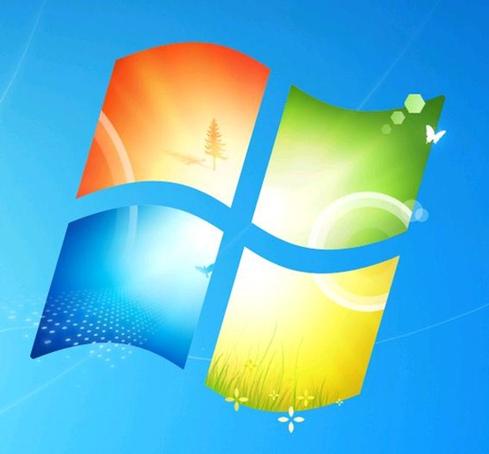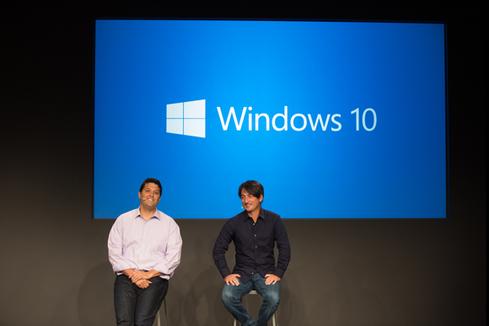Starting November 1, Microsoft will no longer sell consumer Windows 7 licenses to OEMs. What does this mean for your PC upgrade options?


Windows 10: 11 Big Changes
Windows 10: 11 Big Changes (Click image for larger view and slideshow.)
Friday might be a frightening day for some PC users -- and not just because it's Halloween. October 31 is the last day Microsoft will sell consumer Windows 7 licenses to PC makers, which means Win 8 models will soon replace the few Win 7 machines still on store shelves. To PC shoppers who want a Start menu or aren't enamored with touchscreens, that could be a scary thought.
What does the change mean for people on the market for new PCs? Will anything change for existing Windows 7 customers? Here's everything you need to know about Windows 7's Halloween deadline.
1. New Windows 7 PCs won't disappear Saturday.
OEMs such as HP and Dell won't be able to purchase Windows 7 Home Basic, Home Premium, or Ultimate licenses after Friday. They'll be allowed to sell their remaining stock of Windows 7 machines, however. Most manufacturers will also continue to offer business-oriented computers with Windows 7 Professional until at least late 2015 (see item 3). But over the last few years, most retailers have gradually been replacing consumer Windows 7 PCs with Win 8 models. With consumer versions of Windows 7 no longer available, this transition should run its course within the next few months.
2. Microsoft will continue to support Windows 7 customers until at least 2020.
Windows 7 is the most popular OS in the world, with at least twice as many users as any other OS and around four times as many users as Windows 8. Even though Microsoft is effectively cutting off most Windows 7 sales, the company knows that Win 7 support will be a crucial part of its business for years to come.
Mainstream support for Windows 7 with Service Pack 1 installed expires in January, but Microsoft will continue to provide security updates (the type of ongoing support that most customers care about) until January 2020.
[Take a look at where Microsoft's OS is heading. See Windows 10 Evolves: 7 Facts.]
3. Microsoft hasn't announced when it will stop selling Windows 7 Professional.
Microsoft said earlier this year that it will provide one year's notice before cutting off sales of Windows 7 Professional licenses. Since then, the company hasn't provided any additional updates, which means new Windows 7 Pro PCs should remain available until at least the end of 2015.
Why is Windows 7 Professional getting a reprieve while the consumer versions get axed? Simple: Microsoft's business customers haven't been updating to Windows 8 or 8.1. Over the last year, many businesses scrambled to upgrade their Windows XP systems, which Microsoft no longer supports. Many more of these businesses went with Windows 7 than went with Windows 8, fearful that the latter would entail too many management quirks, app compatibility challenges, and user education investments. With Windows 10 still at least six months away, don't expect Microsoft to start winding down Windows 7 Professional before the middle of next year.
On a related note, the October 31 deadline doesn't affect Windows 7 downgrade rights. A PC with Windows 8.1 Pro can still be downgraded to Windows 7 Pro.
4. Windows 8.1 Update isn't as bad as its reputation.
It's not surprising that so many longtime Microsoft customers rejected the original version of Windows 8 -- it was a mess. But Windows 8.1 Update is much improved. No, there still isn't a Start menu (though lots of third-party replacements are available), but Microsoft implemented a number of tweaks to make mouse-and-keyboard users feel more at home: boot-to-desktop mode, the ability to deactivate touch-oriented UI elements, mouse-friendly Modern apps, etc. Win 8.1 Update's improvements don't necessarily make the OS an ideal Windows 7 replacement, of course. But if you're shopping for a new PC and find yourself dismayed by dwindling Win 7 options, give some of the Windows 8 models a look. You might be surprised. If not, Macs are more popular (and slightly less expensive) than ever, and Apple execs recently reaffirmed they have no intention of bringing touchscreens to OS X.
5. Microsoft hopes Windows 10 will erase Windows 8's mistakes.
For Microsoft, Windows 8 has been a colossal misstep. Two years into its run, the OS has not only failed to help Microsoft make inroads in the mobile market, but also alienated longtime mouse-and-keyboard users, the majority of whom have declined to upgrade. OEMs haven't sold PCs with Windows XP preinstalled since late 2010, and Microsoft stopped issuing security updates for the OS earlier this year -- but XP nevertheless has twice Windows 8 and 8.1's market share and accounts for over a fifth of all active PCs. Microsoft has neither gained many new customers nor energized its substantial base of existing users, so the stakes for Windows 10 are about as high as they can be.
Luckily, Windows 10 is off to a promising start. Depending on your tolerance for bugs, the Technical Preview already provides a better desktop experience than Windows 8.1, thanks to, not only a revamped Start menu, but also virtual desktops, simpler and more granular customization tools, improved security, and many other new features. Perhaps most importantly, Microsoft has appeared sincere in its attempts to integrate user feedback into the Preview development process. Will Windows 10 satisfy those who were dismayed by Windows 8? Time will tell.
Avoiding audits and vendor fines isn't enough. Take control of licensing to exact deeper software discounts and match purchasing to actual employee needs. Get the Software Licensing issue of InformationWeek today.
About the Author(s)
You May Also Like







